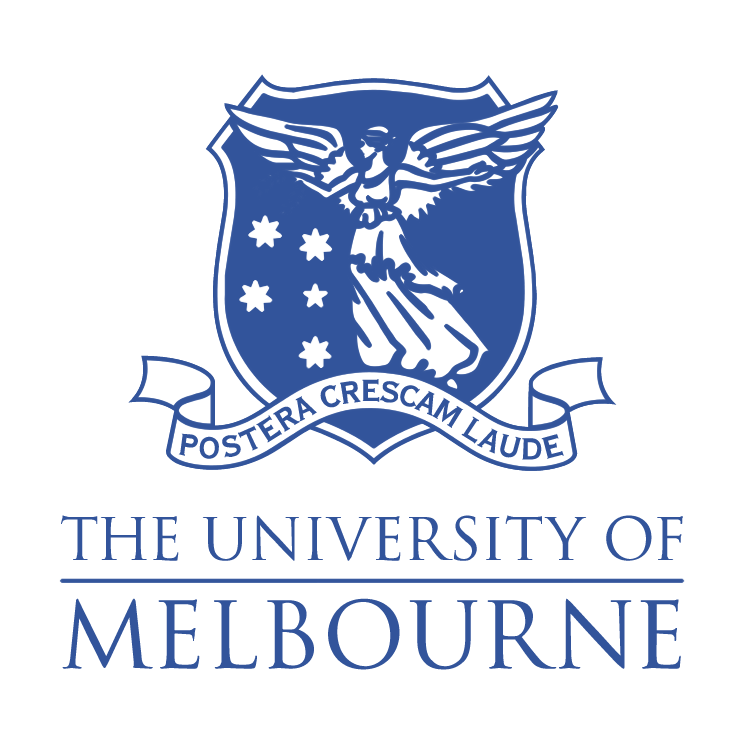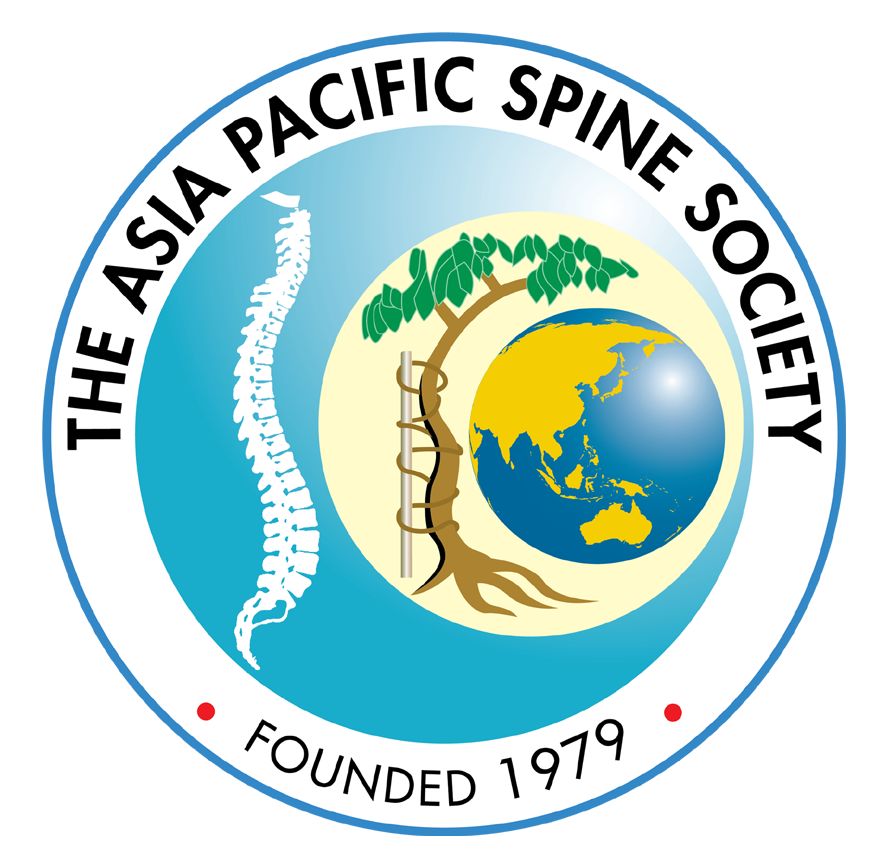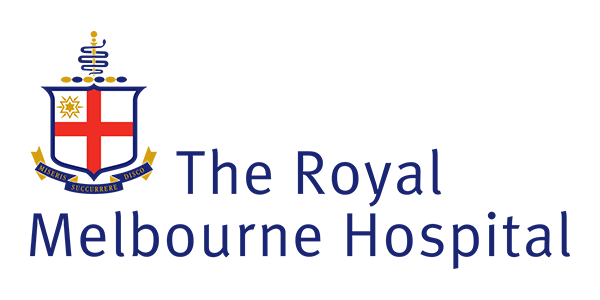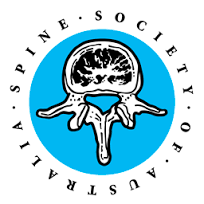Disc Herniation / Sciatica
There are many terms commonly used to describe a herniated intervertebral disc including: herniated disc, prolapsed disc, ruptured disc, slipped disc and bulging disc.
Disc herniation happens when the annulus (a fibrous tissue around the disc) weakens, thus allowing the nucleus (the elastic jelly encased in the annulus) to prolapse through the weakened area.
Sometimes the annulus splits, allowing some of the nucleus material to leave the disc and enter the spinal canal. This inturn can lead to inflammation and pain.
Symptoms may include back and/or neck pain, and radicular pain, typically affecting the legs or arms and often characterised by sharp pain, numbness and sensory loss. There may also be associated weakness or loss of some movement.
In the most severe cases, disc prolapses can cause loss of continence and loss of power in both legs – this is known as cauda equina syndrome. Thankfully this is rare, however it is a surgical emergency.
Treatment
Conservative management is recommended wherever possible.
Surgery is only recommended in severe cases.
